Mr. Vo Trong Phu - Deputy Director of the Department of Information and Communications of Nghe An province said that, following the direction of the Ministry of Information and Communications , the plan to turn off 2G waves from 2023 to September 2024, this agency has sent documents to localities and mobile telecommunications enterprises to disseminate information on the roadmap to stop 2G technology, popularize smartphones to promote digital economy and digital society in the province.
In Decision No. 36/QD-TTg dated January 11, 2024 of the Prime Minister approving the planning of information and communication infrastructure for the period 2021-2023, with a vision to 2050, it provides orientations on the development of telecommunications infrastructure, including the requirement to implement a roadmap to stop old mobile technology and implement the program "one smartphone per person".
According to Mr. Phu, 2G is the second generation mobile telecommunications network, switching from fixed-line calls to mobile calls since 1993. That time was a historic turning point in the Vietnamese telecommunications industry.
However, after many years of using 2G waves, limitations have arisen, specifically: Only transmitting sound, not transmitting images. This is a limitation of 2G waves for network operators to develop 3G, 4G waves and apply 5G waves.
In Nghe An province, there are 8,188 terrestrial mobile broadcasting stations from 2G to 4G waves. Of these, 2,477 are 2G broadcasting stations, covering 98% of Nghe An's land area. Therefore, there are still 2% of the land area that is not covered by mobile phone signal.
The Deputy Director of Nghe An Department of Information and Communications said that Viettel network has 1,200 2G broadcasting stations, and is expected to turn off all signals in 2024 and gradually turn them off each month.
MobiFone network has 525 2G stations, up to now 164 stations have been turned off, the remaining 161 stations will be turned off in 2024 and 200 stations will be turned off in 2025.
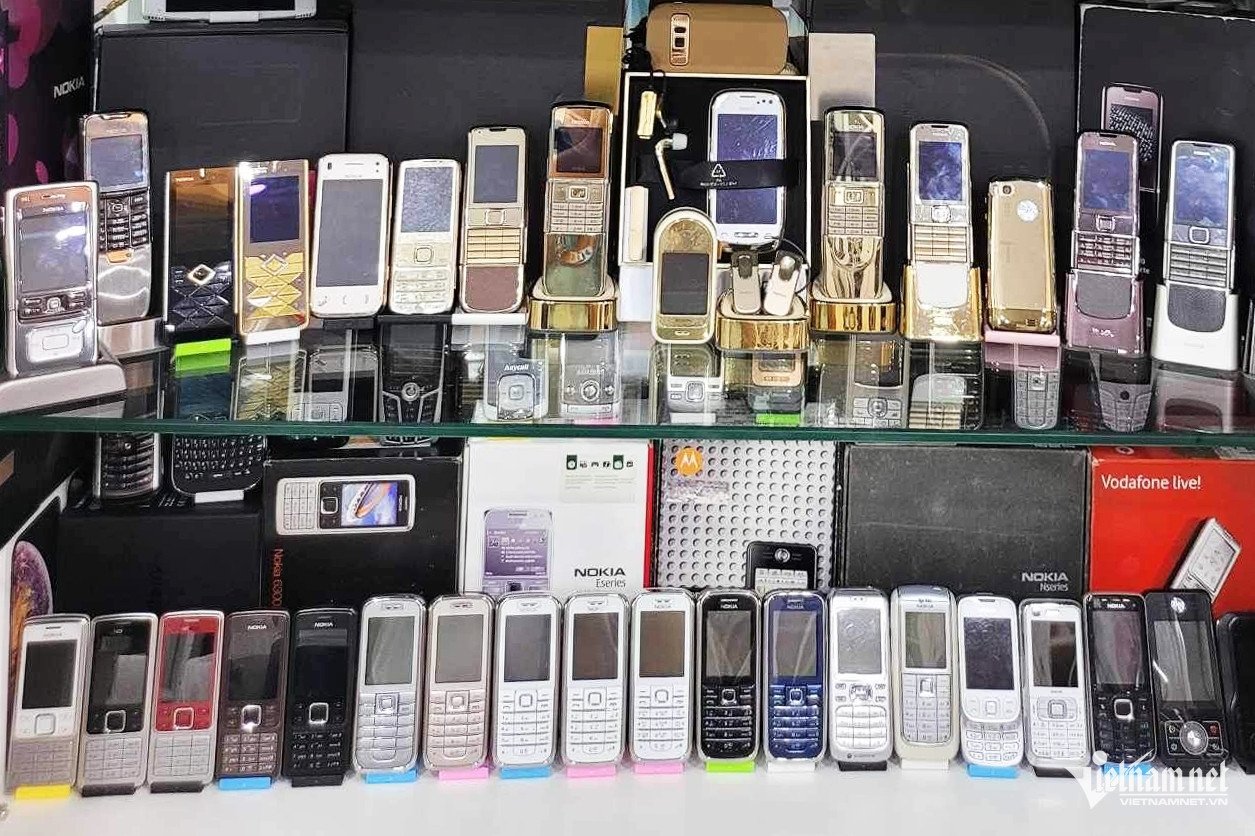
“2G waves are being used widely in the radio communication of many taxi companies. Therefore, there must be a roadmap for switching off the waves so that businesses can have a plan to switch and catch up with 4G or 5G waves,” said Mr. Phu.
In the province, there are 150 2G broadcasting stations of VietNammobile, and the company is currently planning to turn them all off by 2024.
VinaPhone alone has 668 2G broadcasting stations, of which 12 have been turned off. In the near future, this network will monitor and gradually turn off the service according to the direction of the Ministry of Information and Communications.
“Many stations do not generate calls, which means the service output is less than 5%. In the near future, we will apply a shutdown for 1 week. If there are no complaints, the 2G signal towers will be turned off in different localities,” said Mr. Phu.
According to Mr. Phu, those who are using 2G Only phones will have to stop. The purpose of this stop is to soon replace the calling device.
In addition, businesses are launching a campaign to promote the conversion of 2G mobile phones to 4G. Maximum support is provided for people to convert to smartphones and pay in installments. Each person only needs about 300 thousand VND to buy a phone using 3G or 4G waves.
“To convert from 2G to 4G, the number of broadcasting stations will increase. In 2024 and 2025 alone, 700 new stations need to be built. Although the People's Committee of Nghe An province has approved the plan to develop passive telecommunications infrastructure. However, when implementing, businesses are facing some difficulties such as: not receiving support from local people because of concerns about the impact of electromagnetic waves. Therefore, it is recommended that authorities at all levels in Nghe An need to promote and have policies to facilitate businesses to build infrastructure to serve users,” Mr. Phu informed.
It is expected that by 2025, Nghe An province will cover 100% of the area for phones from 3G to 5G.
Source: https://vietnamnet.vn/lo-trinh-tat-song-2g-o-nghe-an-ho-tro-nguoi-dan-doi-dien-thoai-thong-minh-2303289.html











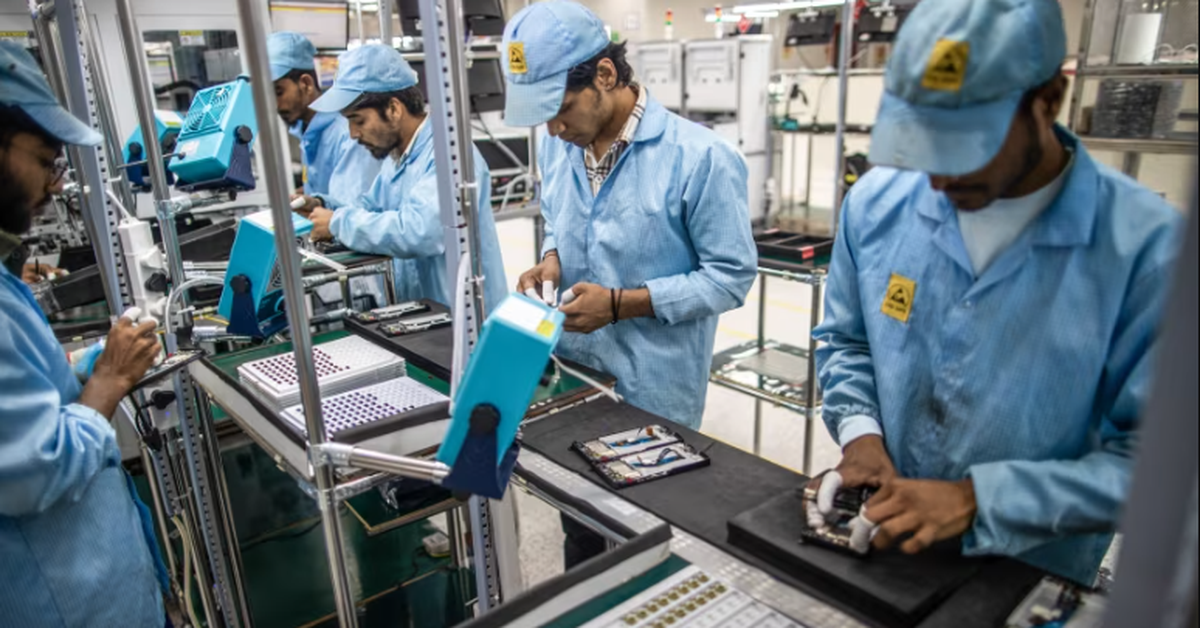



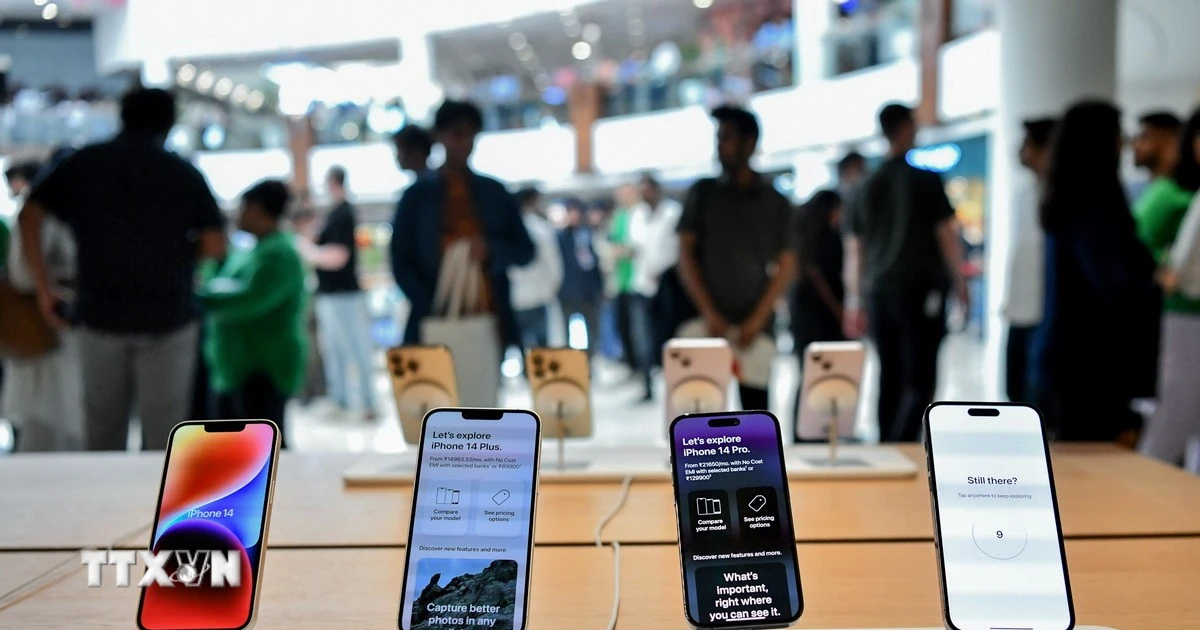





















![[Photo] President Luong Cuong attends special political-artistic television show "Golden Opportunity"](https://vstatic.vietnam.vn/vietnam/resource/IMAGE/2025/8/22/44ca13c28fa7476796f9aa3618ff74c4)
































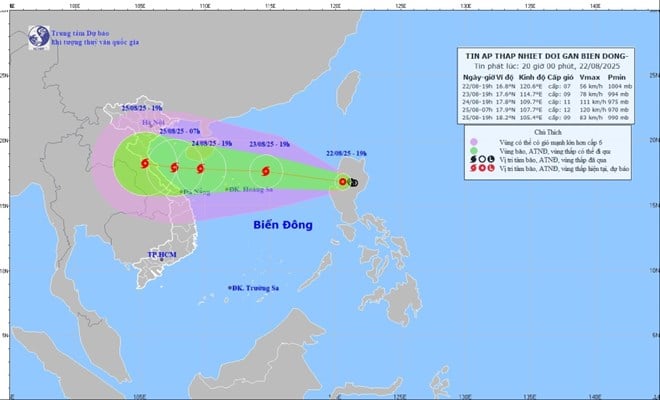

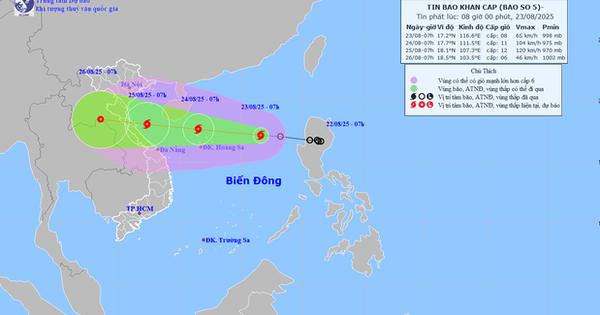




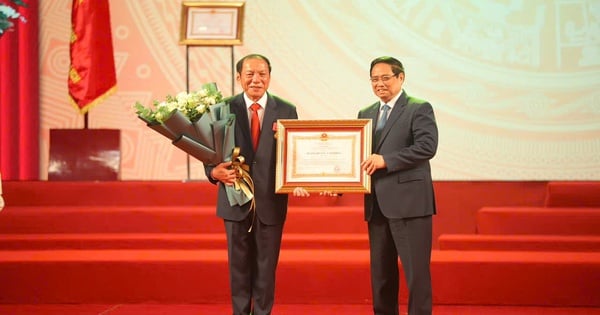

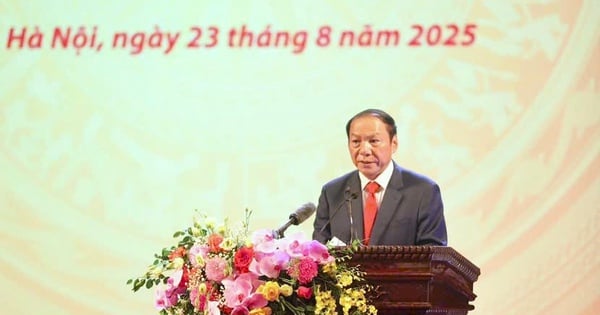
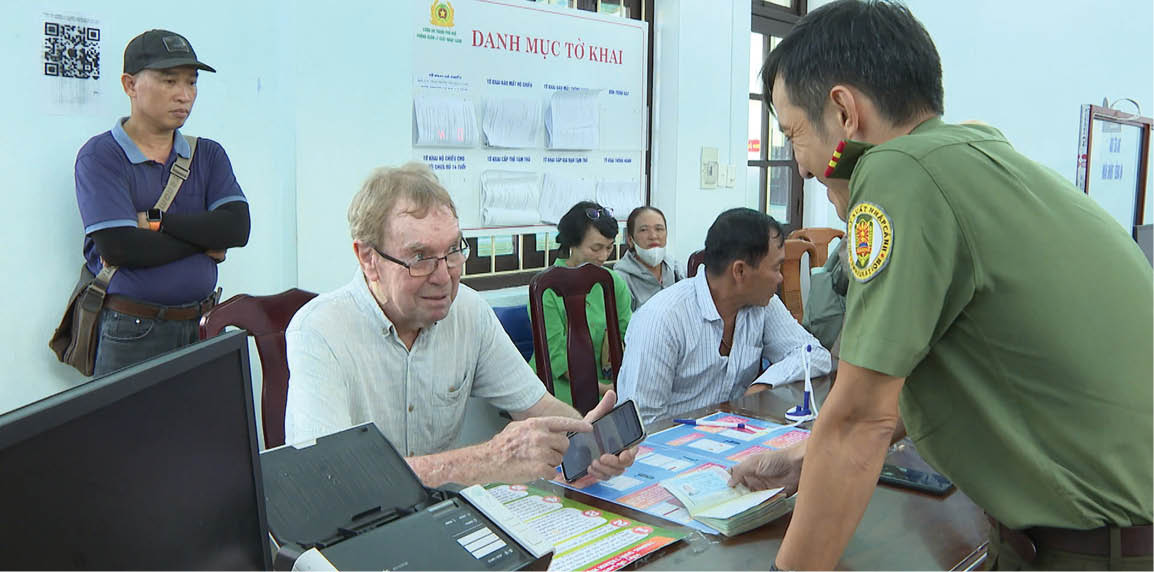




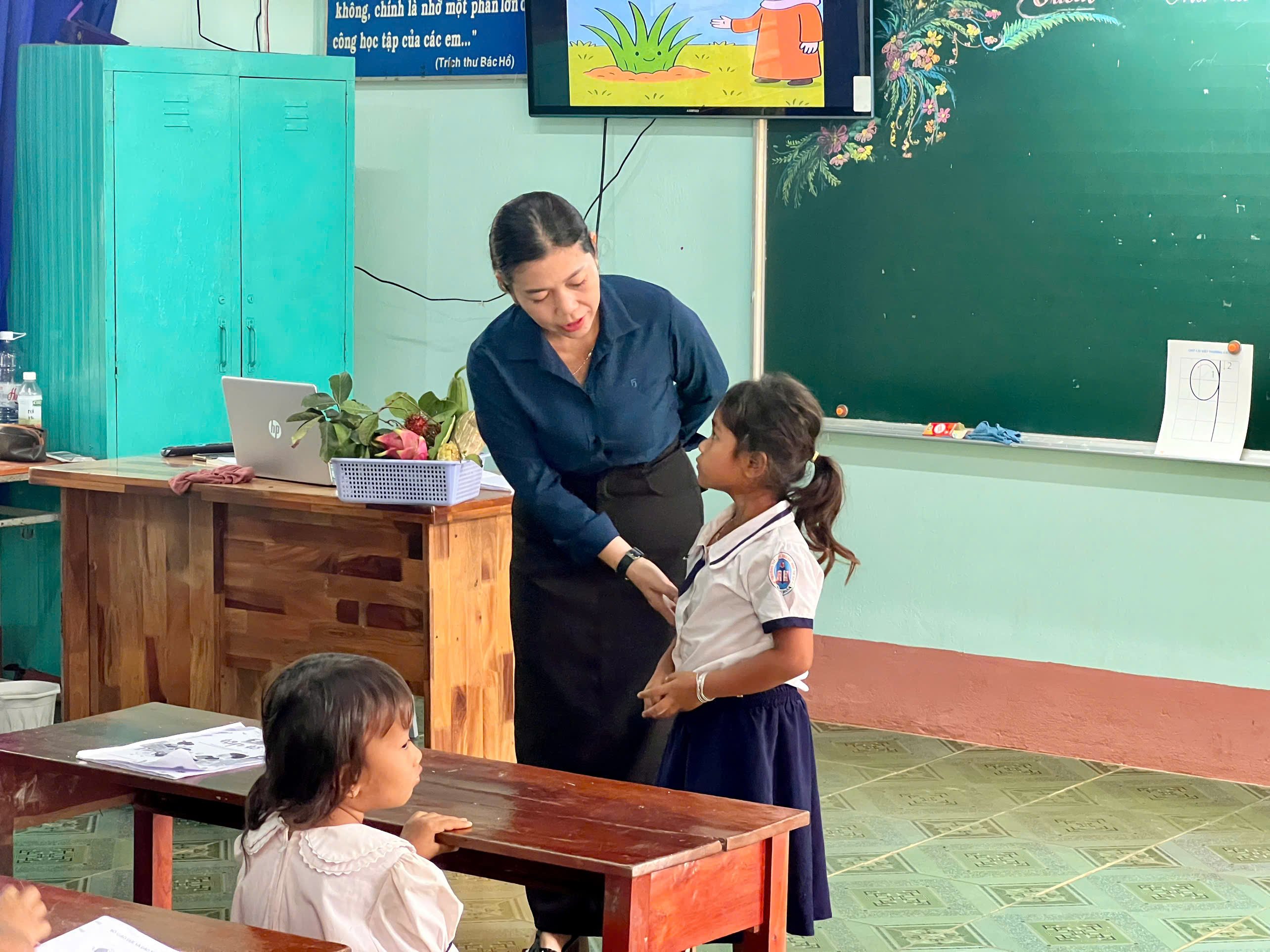

![[Photo series] Close-up of a series of 'huge' aircraft fuel tanks at Long Thanh Airport](https://vstatic.vietnam.vn/vietnam/resource/IMAGE/2025/8/23/36dd3d00663540209336017dafb42441)




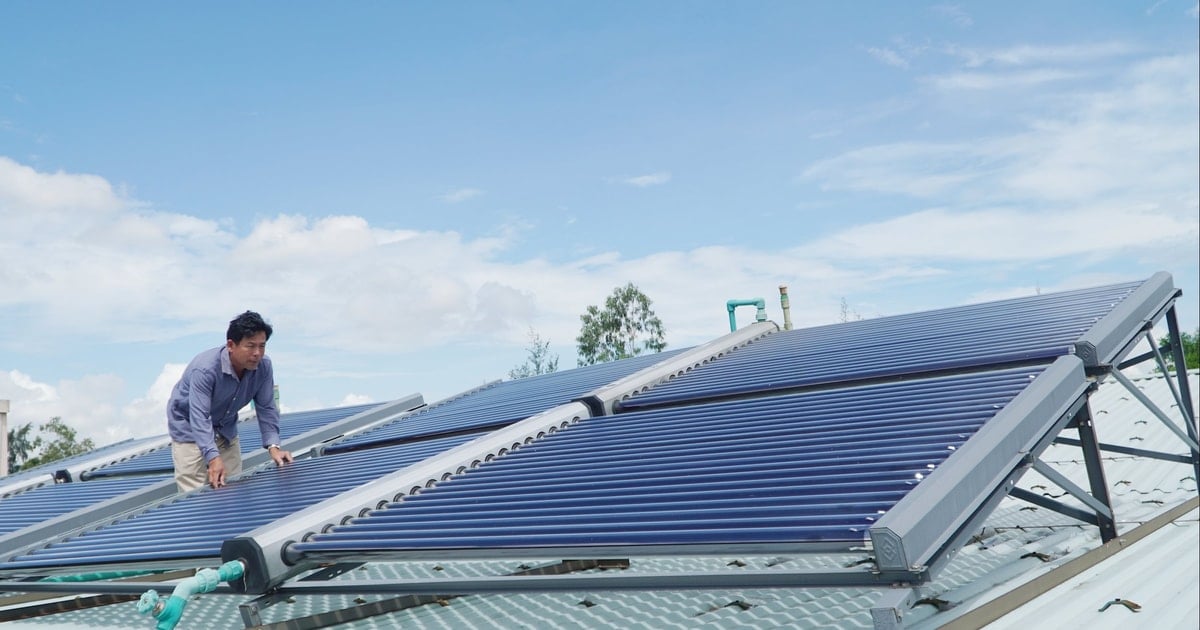











Comment (0)